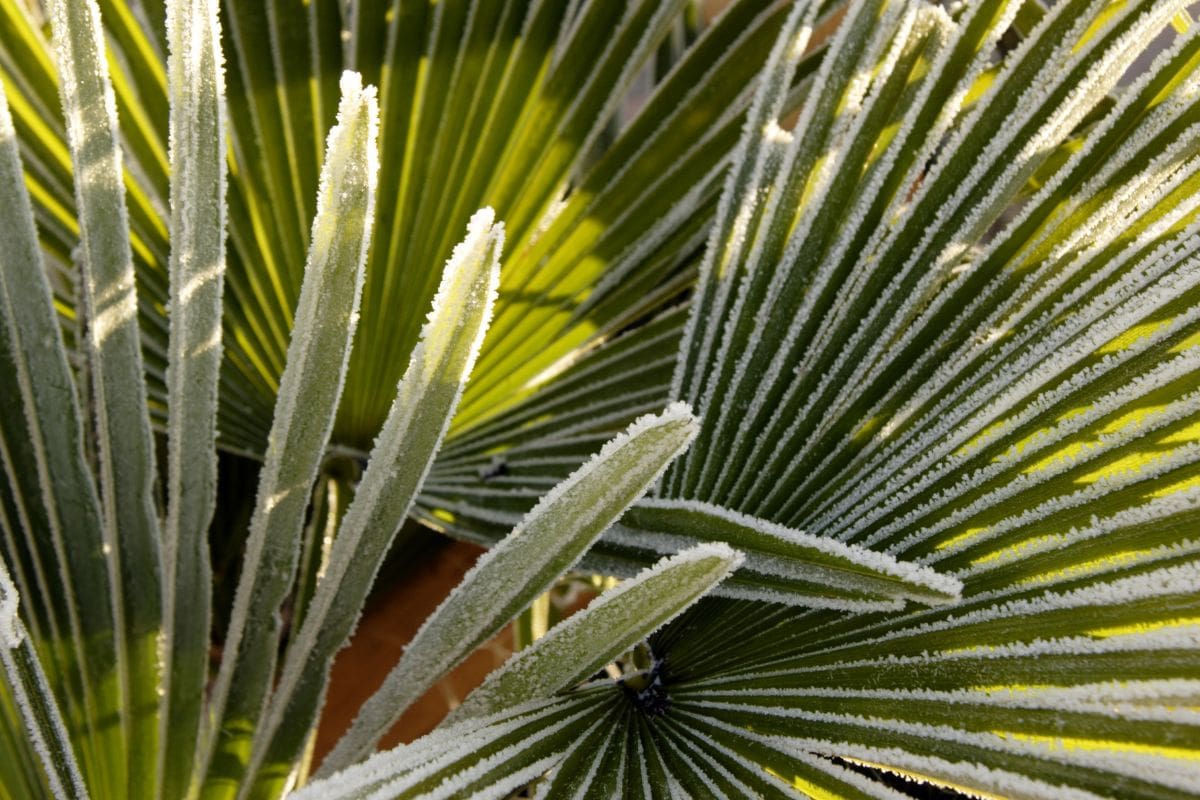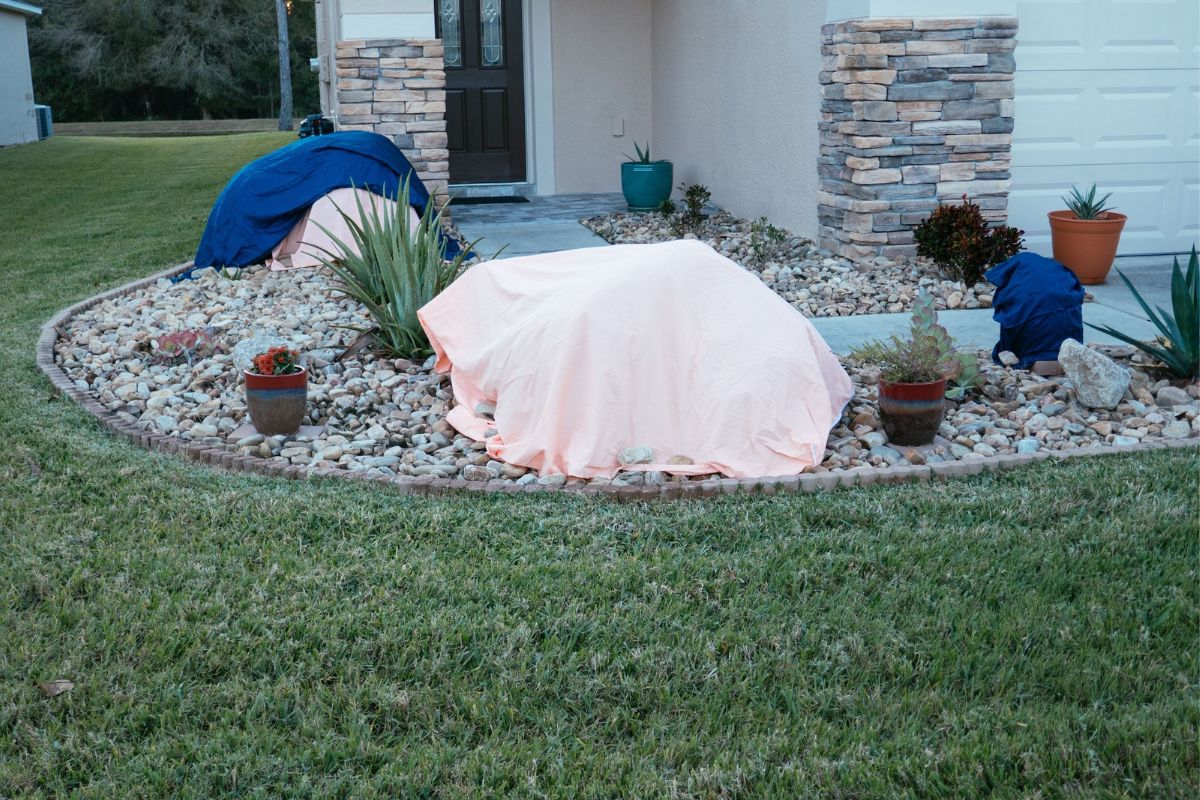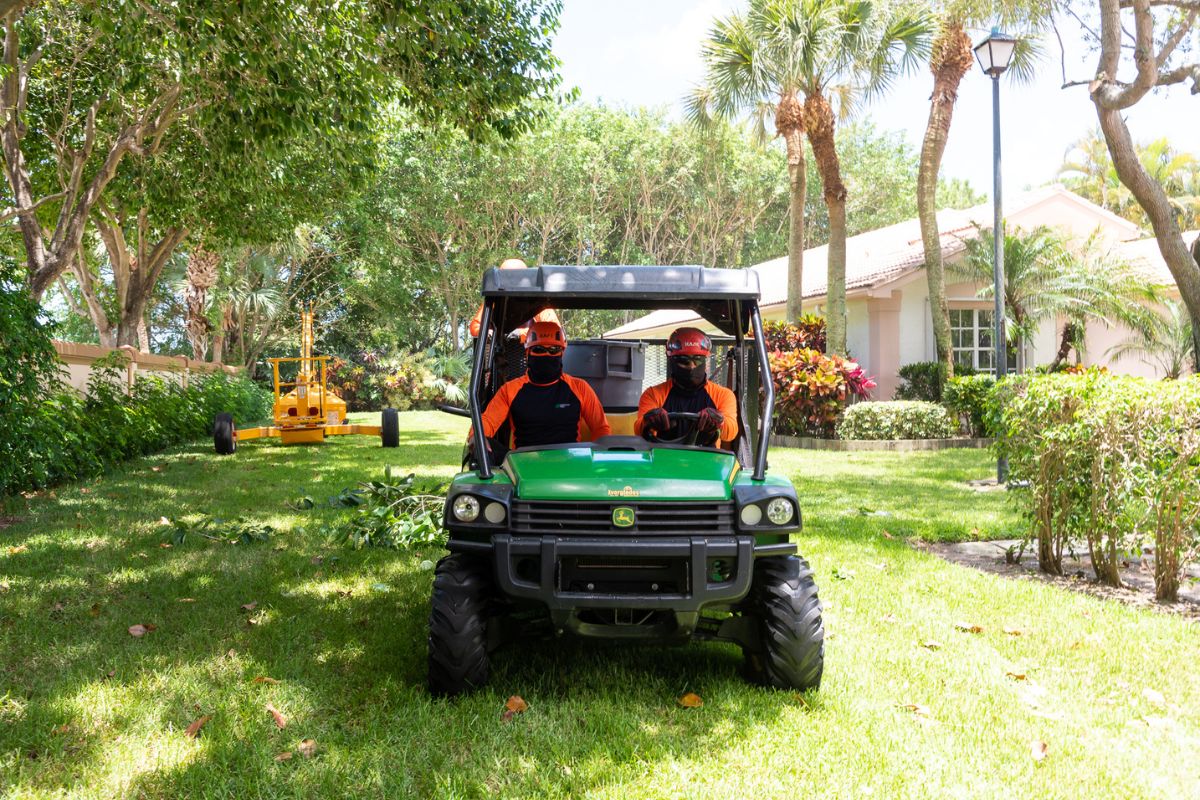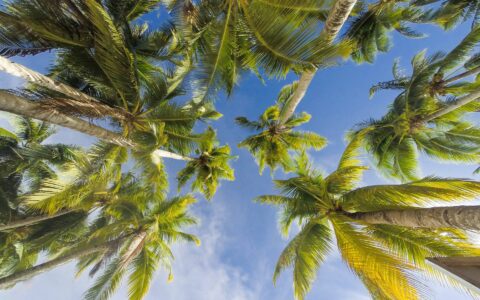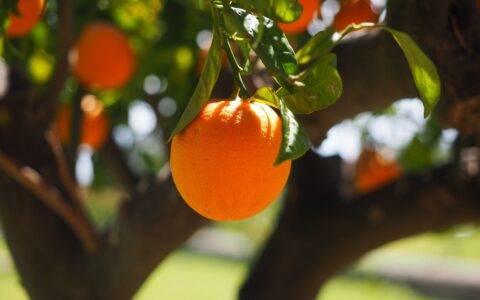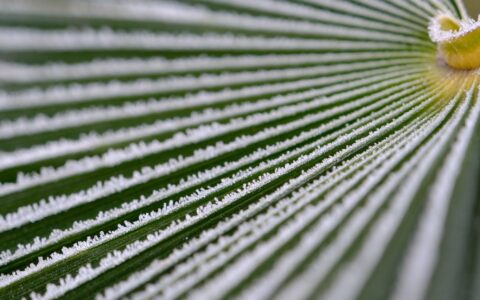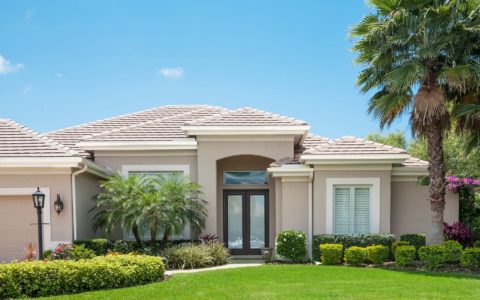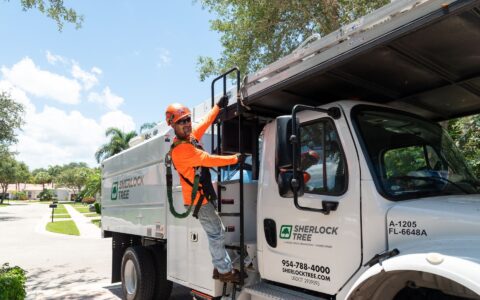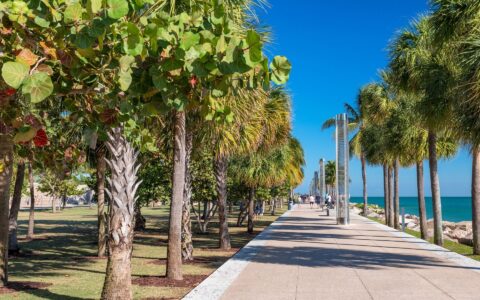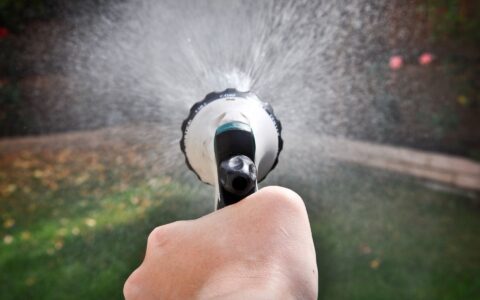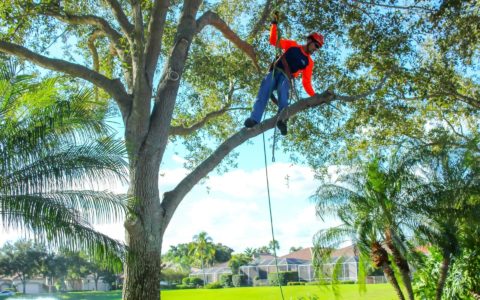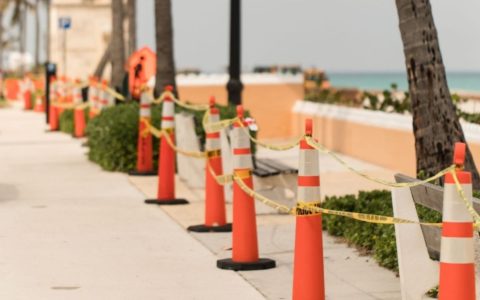Here in South Florida, chilly days are rare, but temperatures can drop during some winter months. While the temperature change can be hard for us to adjust to, it can be even more difficult for our plants and trees.
January and February are the months when plants are most likely to be exposed to cold temperatures in South Florida, so it is good to be prepared by knowing what to do if temperatures drop.
In this article, we’ll share some tips on how to prepare your outdoor plants and trees and help them survive during those chilly winter nights for South Florida.
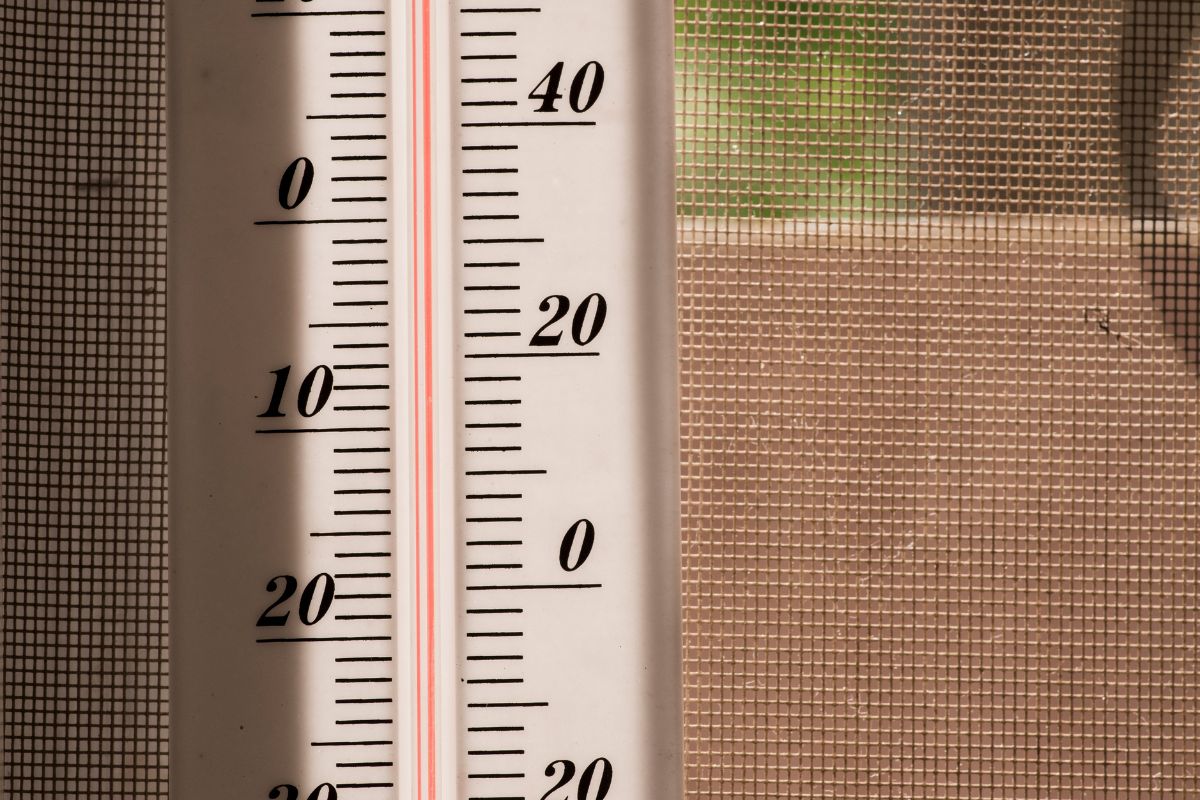
Types of Cold Damage
There are three types of cold damage that plants and trees in South Florida can suffer from, especially those that are tropical.
Chilling injury
This is the most likely type of cold damage that your trees or plants may suffer from, as it can occur in temperatures above freezing (up to 50 degrees in some instances!).
However, the thing to note is not the temperature itself but the rapid change in temperature. If a plant, palm, or tree is acclimated to warmer nighttime temperatures but the temperature drops an additional twenty degrees in one night, injury is more likely to occur than if the change was gradual.
Radiational Freeze
A radiational freeze is when leaf temperatures drop below freezing, or 32 degrees Fahrenheit. This most often occurs on clear, calm nights. Though the air temperature may be above freezing, the plant or tree may still be damaged from the lack of air movement.
If temperatures reach down to the thirties, it’s best to start covering and protecting your plants to prevent any damage.
Hard Freeze
A hard freeze is when both air temperatures and the plant temperatures are below 32 degrees Fahrenheit. This is the least likely to occur in South Florida but could happen if the conditions are right.
Impacts from a hard freeze can be the most damaging to South Florida trees and plants.
Learn more about how winter weather impacts South Florida trees and landscapes >>
Plants and Trees Most Susceptible to Cold Damage
Tropical plants, palms, and fruit or ornamental trees are the plants most likely to be damaged from cold weather in South Florida. Young and newly planted trees are also more susceptible to the cold.
One of the best steps you can take to prevent damage is to know the hardiness rating of the trees and plants on your property. Once you know which plants are more cold-sensitive, you can take steps to protect them.
Trees and plants in containers can suffer from cold injury more often than those buried in the ground.
Keep Your Microclimate in Mind When Planting
Each property has variations in temperature, shade, wind protection, irrigation, and more. Knowing this before you plant can ensure that the more cold-sensitive plants and trees are planted in areas where they are more likely to survive.
How to choose the best tree for your property >>
Water Your Trees and Plants
Well-hydrated plants and trees are more apt to survive cold or freezing temperatures. Plus, the moist soil can absorb more heat during the day, which keeps the roots warmer at night.
Water the ground around your tree and not the leaves or trunk. Water on the tree or plant itself could freeze and cause harm.
How to properly water your trees >>
Add Organic Mulch
Organic mulch can regulate the soil temperature, keeping your plant and tree roots warm during cold temperatures and cooler during hot temperatures. It also holds on to more moisture, so your trees and plants stay better hydrated.
Move Containers
If your containers containing plants or trees are small enough to move, consider bringing them indoors or inside a garage. If they are too large to move indoors, try to gather the containers together.
Move the containers next to a wall (which reflects heat) or to a patio (which tends to stay warmer). If that’s not possible, move them to an area of your property protected from the wind.
Cover to Protect from Frost
If temperatures drop below freezing, covering plants with a sheet, blanket, or other fabric can help prevent frost damage. Ensure that the coverings reach the ground and that there aren’t any openings where cold air can enter.
Avoid using plastic sheeting, as plastic can remove heat from plants and does little to prevent cold injury or frost damage.
Remove the coverings during the day so that the trees and plants can benefit from sunlight and warmer daytime temperatures. This also allows the plants or trees to receive fresh air and ventilation and prevents any condensation from freezing, which would cause additional stress and injury to your plants.
Don’t Fertilize Trees or Plants (Yet)
Applying fertilizer encourages new growth, which is the first part of a plant or tree to be damaged by cold temperatures. If possible, avoid fertilizing before a cold front.
You can begin fertilizing again in February or March or whenever the chance of frost has passed. Adding some compost and/or mulch in the meantime can help your plants and trees stay warm and will increase the organic content of the soil.
In general, trees and plants that are fertilized at the correct time are healthier and are more likely to survive stressful situations such as cold temperatures.
Contact Sherlock Tree to Improve Your Tree and Plant Health
Healthy trees and plants that are correctly planted, maintained, and pruned are more likely to survive temperature fluctuations and changes to their environment.
Contact Sherlock Tree to learn how we can help you keep your plants and trees healthy.
Learn how to help your plants and trees recover from cold damage>>.
Call Sherlock for quality tree services
Whether you're looking for specific tree care services, such as palm trimming, tree removal, or disease treatments, or would like one of our Arborists to examine your trees to identify any issues and recommend options, we're always here for you! Just give us a call at 954-788-4000 to set up an appointment.
- « Previous
- 1
- 2
- 3
- Next »
SEE MORE ARTICLES
Looking for more?
We've got you covered with a monthly newsletter full of tips, resources, updates, how-to's, and other helpful information about trees and landscapes in South Florida!

